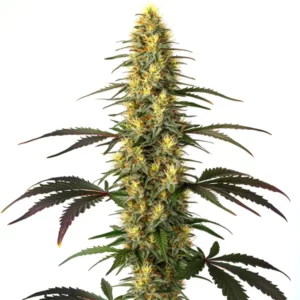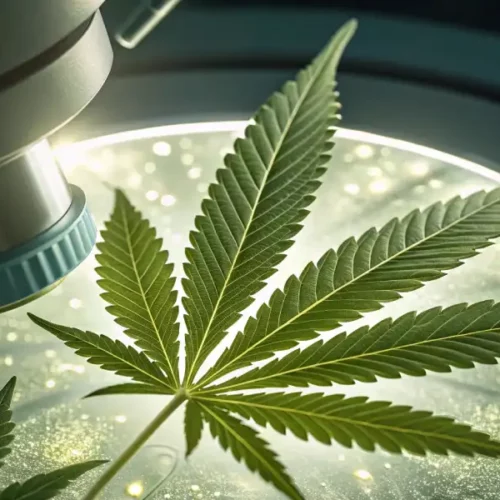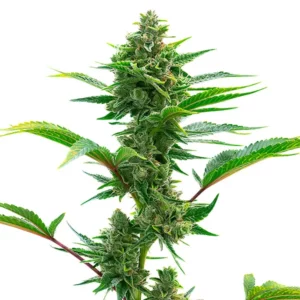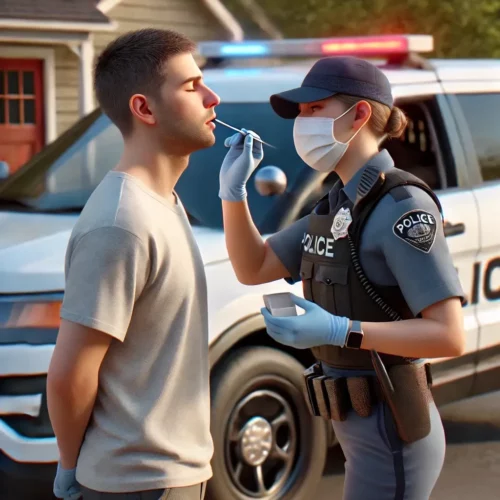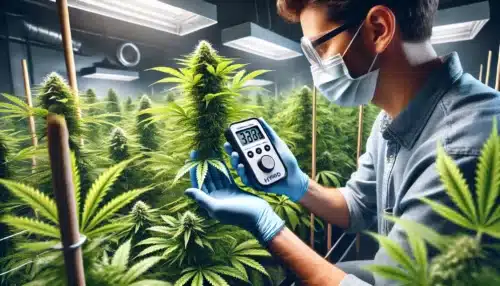If you’re a vaping enthusiast preparing for an upcoming flight, you might be curious about the rules regarding bringing e-cigarettes aboard. The good news is that you can indeed bring a vape on a plane! Nonetheless, there are specific regulations and guidelines to be aware of when it comes to traveling with vaping devices. In this guide, we’ll outline these policies to ensure a smooth experience for you.
What is a Vape?
For those asking can you bring a vape on a plane, let’s delve into what exactly a vape entails. Commonly referred to as e-cigarettes or vape pens, these devices are designed to transform liquid into vapor for inhalation. They come in various forms, including refillable options and disposable ones.
Promos & Deals
Vape Components Overview
Although e-cigarettes boast diverse designs, most share fundamental components. The vape tank, reservoir, or cartridge holds the e-liquid, which can consist of substances like CBD oil, THC oil, or nicotine. If you own a refillable e-cigarette rather than a disposable variant, you can replenish the tank or swap out the cartridge with fresh e-liquid once it’s depleted.
Alongside the vape tank, every vaping device incorporates an atomizer, an element responsible for heating the coil. As the coil heats up, it transforms the liquid contents of the tank, be it CBD oil or other fluids, into an inhalable mist. However, these heating components pose a fire hazard, prompting stringent regulations from entities like the Transportation Security Administration (TSA) and airlines concerning e-cig use and storage. This raises a common question among travelers: can you bring a vape on a plane, and if so, how should it be packed to comply with airline policies?
Vape pens feature a mouthpiece through which users inhale the converted vapor. Lastly, the vape battery powers the device, typically equipped with either an integrated, rechargeable battery or a replaceable lithium-ion one.
General Guidelines
Here are the general guidelines most airlines have for carrying your vape on board:
- Any vaping device with an integrated battery, or any device with a battery installed, must be stowed in your carry-on luggage and powered off. Some airport security personnel might permit carrying a single vaping device in your pocket.
- Spare batteries should also be packed in your carry-on luggage. It’s advisable to pack them in cushioned containers that isolate the metal contacts and prevent contact with other metallic objects. Checking in a vaping device is acceptable only if the battery is removed.
- If you intend to bring disposable vapes, they should be packed in your carry-on bag and placed in the same zip-top bag used for liquid items. This rule applies because disposable vapes contain liquid that cannot be separated.
While the regulations regarding vaping on airplanes may appear stringent, they are designed to minimize fire risks. The pressurized cabin environment and prompt response from cabin crew in case of emergencies also contribute to reducing potential hazards.
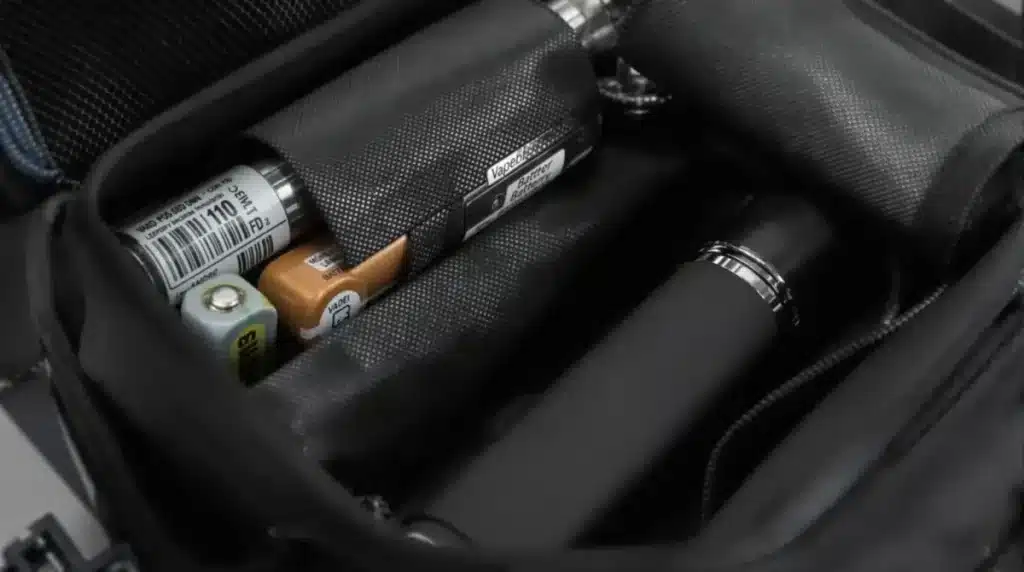
Can one take a vape on a plane?
Certainly, you can bring your vape along when flying, but it’s essential to ensure it’s completely turned off. Additionally, it should be packed in your carry-on luggage, not your checked baggage. This often raises the question: can you carry a vape on the plane without running into trouble? The answer is yes—if you follow TSA regulations.
As per guidelines from the Civil Aviation Authority (CAA), vape devices are categorized as Portable Electronic Devices (PEDs), similar to laptops or power banks. Therefore, they must be stored in your carry-on luggage.
How should I prepare my vape for air travel?
Can you bring a vape on a plane? Yes, but there are important precautions to follow. If you’re unsure how to carry vape on plane properly, keep in mind: the device must be powered off and stored in your carry-on luggage, never in checked baggage. Any spare batteries should be individually wrapped to prevent short-circuiting, as the pressurization in the cargo area might lead to leaking or cracking of the tank.
Can you vape in an airport?
Rules regarding vaping vary by airport, but generally, the same regulations that apply to smoking also apply to vaping. Look for designated smoking areas outside the terminals or check the airport’s smoking policy online. In the UK, there are no designated smoking areas after passing security, so it’s wise to ensure everything is packed before going through.
Can I bring e-liquid on a plane?
You can bring e-liquids in your carry-on luggage, as long as each container doesn’t exceed 100ml and is properly sealed in a clear plastic bag. Additional e-liquid can be packed in checked luggage, also in clear plastic bags to prevent leaks due to pressure changes.
Can I vape on a plane?
No, vaping on a plane is strictly prohibited worldwide. It falls under the same regulations as smoking and could result in severe penalties. Even attempting to vape in the toilet is risky, as detectors can pick up e-cigarette vapor.
Can you use nicotine pouches on a plane?
Nicotine pouches offer a discreet solution for managing cravings during flights. Tobacco-free pouches can be placed between your gum and lip, providing a steady release of nicotine without the need to vape. Each pouch lasts up to 30 minutes, making them ideal for flights where vaping is not allowed.
Can I charge my vape on a plane?
Can you bring a vape on a plane is a common query among travelers. Regarding charging a vape device during a flight, the answer is generally no. Doing so might be seen as use, which is prohibited onboard. It’s advisable to ensure your vape is fully charged before your flight and refrain from using it in the airport or on the plane.
While a vape is considered an electronic device, using it on a plane is against regulations. Bringing it out of your carry-on luggage during the flight could raise suspicions. It’s best to maintain a charged device before boarding and avoid depleting its battery before your flight.
To clarify whether charging a vape is allowed pre-flight, consult the airport’s policies online. If it’s permitted, ensure the device is turned off and safely stowed in your carry-on before boarding the plane. This way, you’ll be prepared to use it once you’ve landed and exited the airport.
Can you bring disposable vapes on a plane?
Yes, you can bring disposable vapes with you when flying, but the quantity you can bring depends on the airline’s policy regarding traveling with batteries, as disposable vapes contain lithium batteries. These batteries pose a fire risk and cannot be placed in checked luggage; instead, they must be packed securely in your carry-on baggage. However, it’s important to note that you cannot use them during the flight.
Most airlines permit between 15 to 20 disposable vapes in your carry-on luggage, provided they are properly sealed. It’s advisable to check with your airline before your flight.
If you’re unable to find specific guidelines on disposable vapes in the airline’s policy, it’s best to contact them directly.
Any spare batteries should be wrapped or stored in protective casings to prevent sparking and must be kept in your carry-on luggage.
While many travelers wonder can you bring a vape on a plane, it’s crucial to remember that vaping on a plane is illegal worldwide, without exception. Modern planes are equipped with detectors that can detect e-cigarette vapor, and the consequences can include heavy fines and flight disruptions. It’s advisable to wait until you’ve landed safely before using any vape devices.
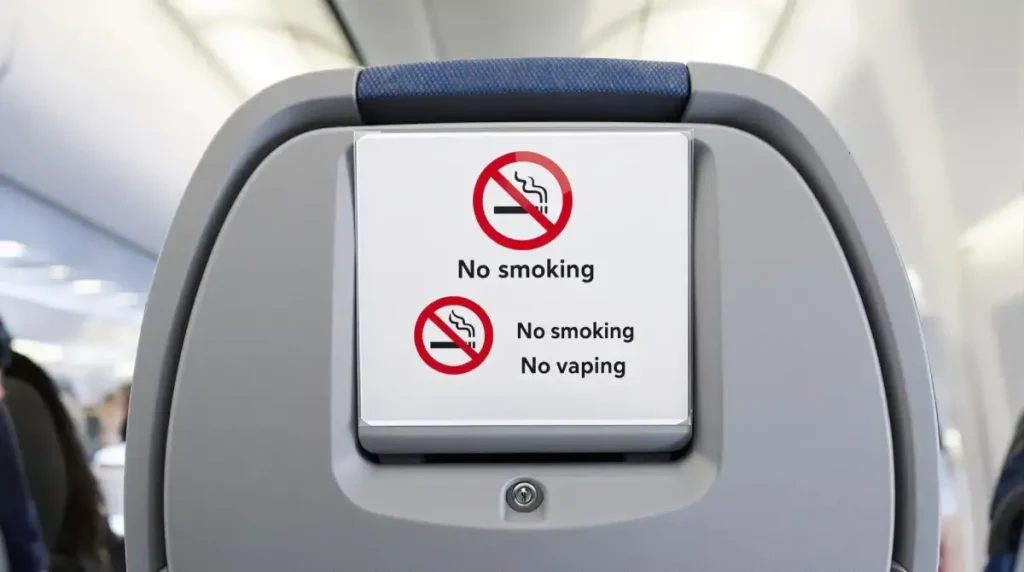
FAQs about can you bring a vape on a plane
Can I bring my vape on a plane?
Yes, you can bring your vape on a plane, but it must be packed in your carry-on luggage, not in checked baggage. Ensure the device is turned off, and take measures to prevent accidental activation. Using or charging vapes on the aircraft is strictly prohibited. Always check with your airline for any specific restrictions or guidelines before traveling.
Are spare vape batteries allowed during air travel?
Spare vape batteries are permitted but must be carried in your carry-on luggage. They should be stored in protective cases to prevent short circuits by isolating the terminals from contact with metal objects. Packing spare batteries in checked luggage is not allowed due to safety concerns. Always ensure batteries are protected to prevent accidental activation or damage.
Can I use or charge my vape during the flight?
No, using or charging electronic smoking devices, including vapes, is prohibited on aircraft. These devices must remain off and stored appropriately throughout the flight. Attempting to use or charge a vape on a plane can lead to significant safety risks and legal consequences. It’s essential to comply with airline regulations to ensure a safe journey.



